Strawberry picking at Bushel Boy is a carefully managed task, ensuring that only the best fruit makes it to consumers. "We pick the same area three times a week, ensuring that we harvest fruit at peak ripeness," explains Emily Andes, Research and Innovation Manager at Bushel Boy.
The decision to invest in strawberries was driven by a desire to expand Bushel Boy's product portfolio. "In 2019, strawberries were considered a hot crop, and I continue to believe they are still a hot crop," Emily shares. "Traditional cultivation has faced disruptions in the supply chain due to climate and food safety issues. We're now in our sixth crop cycle, and while we've learned a lot, there is still plenty of room for improvement."
To maintain efficiency and consistency, pickers are trained to calibrate weight by experience rather than using scales on their carts. "We operate on a piece-rate system, so speed and precision go hand in hand," she adds. "Once the berries are picked, they go into clamshells immediately and are refrigerated as soon as possible to preserve freshness."
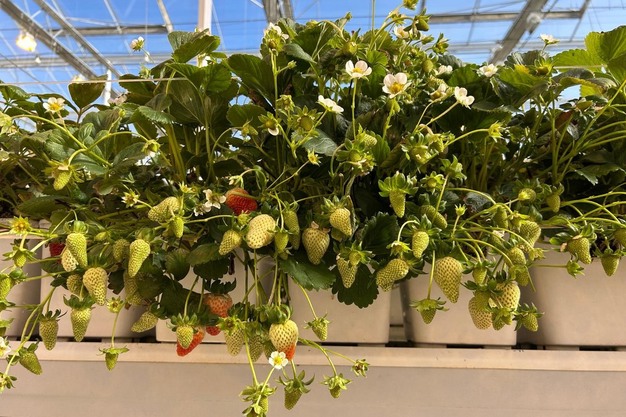
Supporting plant health: flower lowering and canopy management
Beyond harvesting, maintaining the plants is essential to ensuring strong yields. One important task is flower lowering, a process that involves guiding the flower trusses under support wires. "It's a delicate job," Emily notes. "The trusses naturally grow upward, but for optimal fruit production. This improves picking ergonomics and reduces waste."
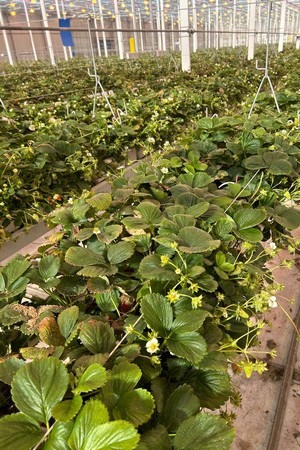
Another critical step is runner removal. "Since runners are vegetative growths that don't contribute to fruit production, they must be removed regularly, especially in the early months of the crop cycle," she says. "Runner cutting is one of the simplest tasks, but it plays a big role in directing the plant's energy toward fruit development."
Canopy cleaning also plays a role in crop health. Workers remove empty trusses and de-leaf the upper and lower canopy at scheduled intervals. "Good air circulation creates a better microclimate, helping us manage diseases and pests more effectively," Emily adds. "It's all about balance—keeping the plants strong while maintaining an environment that supports high yields."
Precision and performance: optimizing workflow
A structured work schedule and a data-driven performance tracking system drive efficiency at Bushel Boy Farms.
"We rely on the Priva FS Portal to track worker activity," she explains. "Each worker logs in, scans row and cart tags, and their progress is recorded. The system generates performance reports, helping us refine our workflow."
Emily elaborates that this structure ensures that different tasks are scheduled in a way that optimizes plant health and labor efficiency. "Picking is divided into two zones, harvested on alternating days, while flower lowering happens biweekly. Runner removal is more frequent early in the season, then tapers off. Canopy cleaning, including truss cutting, deleafing, and weeding occurs on carefully planned intervals."
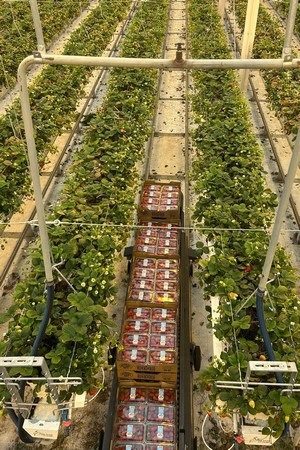
The science and joy of music in the greenhouse
"Studies have shown that sound waves cause vibrations that can stimulate growth and resilience", Emily says.
"We believe that music plays a significant role in creating a positive environment within the greenhouse," Emily adds. "It has a dual benefit: enhancing the well-being of our team and potentially benefiting plant health.
For people, music can improve mood, reduce stress, stimulate the brain, and even enhance mental performance. For plants, certain sounds and frequencies, such as birdsong or natural sounds like thunder, can stimulate growth and resilience."
Expansion plans and future growth
When asked about strawberry expansion plans, Emily notes, "Yes, there are expansion plans, although they are progressing more gradually than originally anticipated. By taking one step at a time, we are gaining valuable insights without overwhelming ourselves."
As for the techniques used for strawberries, Emily highlights the differences from tomato cultivation. "Strawberries require different crop management techniques due to the higher plant density per square meter compared to tomatoes. Each strawberry plant requires regular attention for various tasks, making it difficult to manage strawberries in the same way as tomatoes."
In contrast to the more specialized roles in tomato cultivation, strawberry workers take on multiple tasks. "Strawberry workers typically perform various roles—picking, flower lowering, canopy cleaning, truss trimming—making it more challenging to specialize in a single task. While workers can become skilled at a variety of tasks, it takes time, and constant training is needed. Our head grower, Roberto Ramirez, emphasizes that this challenge is common across different agricultural sectors."
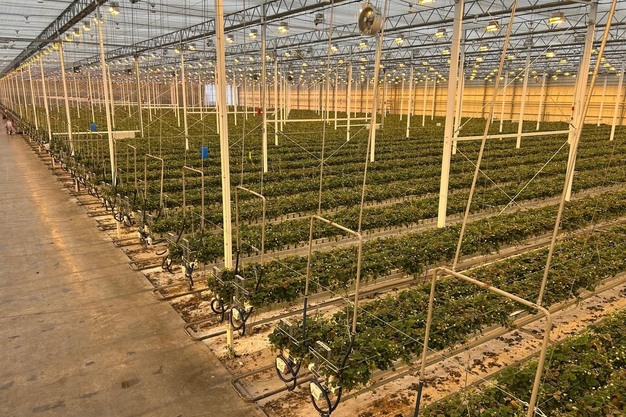
The fragility and resilience of strawberries
"Strawberry plants are somewhat controversial," Emily reflects. "They can be considered very resilient, and yet so fragile. When we get behind in labor, intensive care is needed. Plants can recover, but at a high price—yield is highly affected."
The delicate nature of strawberries requires a gentle touch. "I like to say that every time you touch a berry, you bruise a berry," Emily explains. "When training workers, I emphasize that we must be so gentle when harvesting that we 'pick almost without touching the fruit.'"
She advises new growers to ensure reliable labor before investing in any crop, particularly strawberries. "My advice: make sure you have reliable labor before you decide to invest in strawberries. The work is delicate, and the stakes are high."
See their original LinkedIn video below:
LinkedIn video source: www.linkedin.com/posts/bushel-boy-farms
For more information: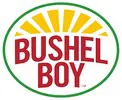
Bushel Boy Farms
Emily Andes, R&D Lead
eandes@bushelboy.com
www.bushelboy.com
